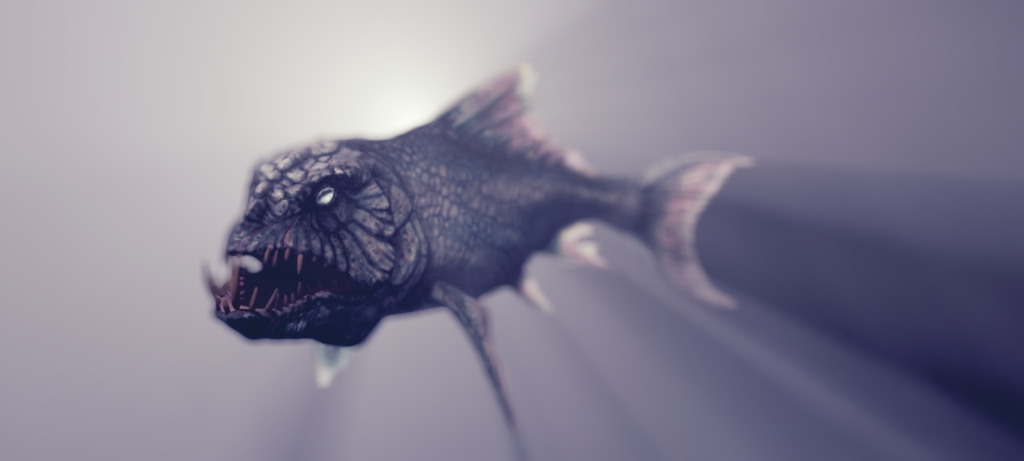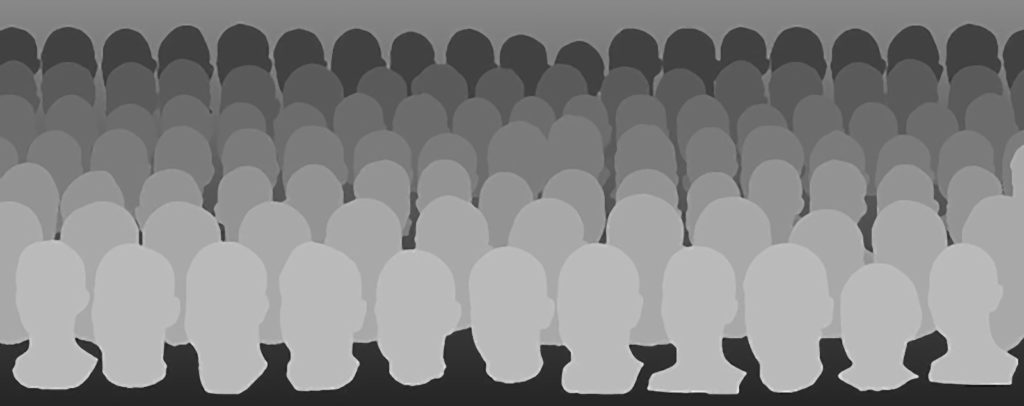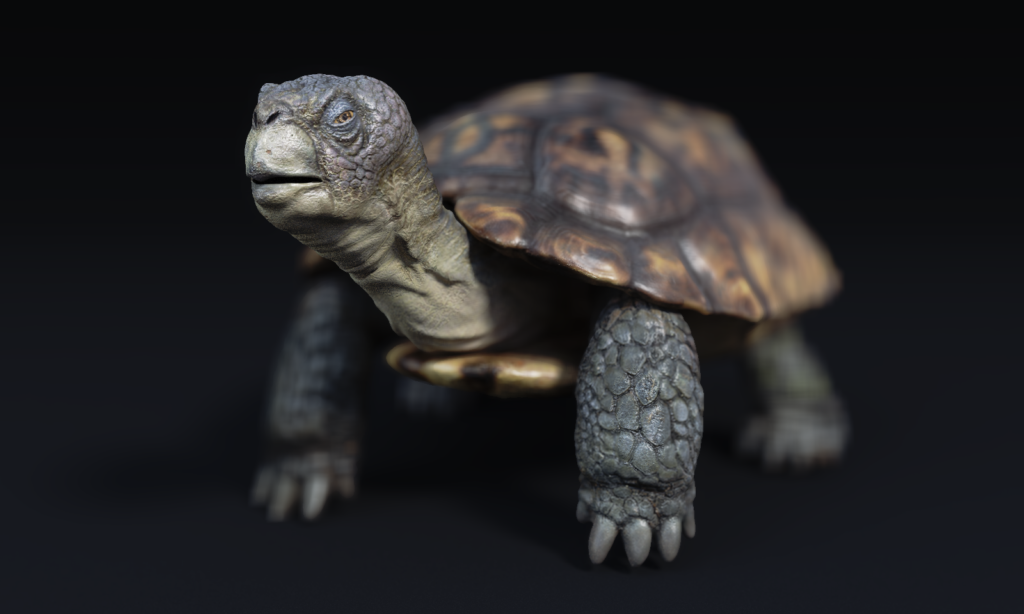In 10 years of 3d scanning we can honestly say we’ve seen pretty much everything: cars, animals (dead or alive), food, people, iconic sets, … I thought it would be fun to reminisce and write down a few of the most memorable ones.
The Animals

Who could forget all the animals!? At the time of this writing, only very few 3d scanning facilities are equipped to scan animals. There is just something fundamentally flawed in the process: an animal won’t stand still. Today this problem might be solved by multicamera photogrammetry solutions, but you still have to solve the fur issue. Though it was never fun to try and deal with animal scan data, it was certainly interesting going out on the shoots and try to capture them (pun intended!). Some of the animals we worked with were: anteaters (Dr. Doolittle), chinchillas (Dr. Doolittle), pigs (Dr. Doolittle), a bull (Dr. Doolittle), horses (The Mask of Zorro, Adobe Commercial), donkeys (Racing Stripes), zebras (Racing Stripes), cats (Marmaduke), chihuahuas (Beverly Hills Chihuahuas I, II and III), Great Danes (Marmaduke), puppies (Cats & Dogs) and so on.
The dogs are by far the easiest animals to work with, assuming they are professionally trained. Dogs will stay very still for a while as long as they periodically get their treat. This gives you plenty of time to 3d scan large sections at a time. The cat was supposedly trained, but let’s just say I hope never to have to work with a cat again! On one occasion the animals had to be completely gelled down to avoid the fur problem. There’s nothing as sad as watching a defenseless dog get gooed.
The Silly
Every now and then you scan something which makes you ask the question: “Why?”. And even if you can think of a good reason, you wonder why somebody would pay good money to have something scanned that is so minute or just plain bizarre. There were many such projects through the years. We’ve scanned a peeing man, fish, both large and small, real or fake. A company sent us an actual lemon, which we also needed to ship back. We’ve seen all sorts of foods, but none as silly as a single cornflake. An advertising company needed a scan of a single cornflake for what I am assuming was a cereal commercial. Luckily at the time our company had access to what years later would later be called photogrammetry. This is the technique of creating 3D solely with photographs. Using our macro lenses and a lot of patience, we were able to pick a nice specimen and create what still stands today as smallest piece ever scanned by our team.
The People
Usually people are pretty easy to work with, unless they are toddlers, in which case they are horrible. Usually when creating digital doubles for video games all the talent is invited solely for the purpose of getting scanned. This makes life very easy for us. When scanning on a film or TV set you typically end up waiting for hours before you see some action. By the time the actors are available, he or she is often tired and probably ready to retire for the day. In most cases they remain professional and work goes smoothly. But there are others… Either they had a bad shoot day or the idea of being digitized is something that sounds threatening to their careers. Some threw our equipment to the ground! There are the divas who won’t show up at all because they don’t want to so you end up scanning their wax statue in a museum as a last resort. Some are drunk and obnoxious, though usually as part of the scene. It is like working in a bar except you can’t kick them out! Even though all these events occurred when scanning high profile actors, most of the other A-listers are in fact the nicest people I have had the pleasure of working with.

The Projects
If I had to find one project that was most memorable in some way, I would have to pick the 2008 movie production of Speed Racer. The plan was for us to travel for 5 days to the Babelsberg Studios near Berlin and scan a few of their race-car drivers. The massive soundstages had the look of repurposed pre-WW2 industrial manufacturing plants which would not have been such a bad thing if it weren’t for every loud explosion bringing down decades of dust, oil and other crud onto our equipment. For 16 hours a day were were encouraged not to leave our post in case one of the actors suddenly became available for scanning.
On the third day of our stay a thunderstorm flooded all the soundstages and the entire production needed to evacuate. By the time everything went back to normal, production had decided to keep us for an additional 3 weeks of 3d scanning! 6 Days a week, 16 hours a day is a long time to be stuck in a dimly lit, dusty factory, without enough clothes or entertainment (books to read and such) to last through the month, not to mention the fact that in Germany, at least at the time, nearly everything was closed on Sundays, which was our only day off. On a positive note, during that month we got to scan all the actors and all the race-car cockpits (the exteriors were completely digital) so it ended up being a really great project for us.
Conclusion
Although it doesn’t really matter to us, it is always fun to be asked to work on something different. No matter what it is, we try to make it work. If nothing else, we have at least learned how to deal with extremely difficult or stressful situations, having to find solutions to problems we couldn’t have imagined before (like how to catch a hog). It is our hope that the future will bring even more of the insane, the original and the outrageous.
